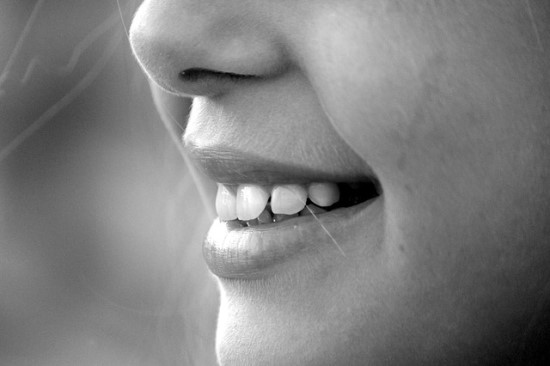Cavities are not very pleasant, and neither are all the dental procedures that are involved in ridding them. No matter how diligent you are at getting your kids to brush—and floss—their teeth, sometimes cavities just happen. But are you and your kids getting more cavities than you think you should be? There are some tooth conditions that can make it seem impossible to avoid those yearly fillings; however, dental sealants may be able to help keep even the most cavity-prone kid out of the dentist’s chair.
What is a Cavity?
Our teeth are made up of layers. First, there is the outside enamel of the tooth. This is the hard, white coating that allows us to chew our foods. Underneath the enamel is the pulp of the tooth—the softer part where all the nerve endings are. A cavity is a hole that develops in the tooth. Over time, it can get bigger and deeper, and it can become much more uncomfortable as it eats through the enamel and begins to decay the pulp of the tooth.
What causes a Cavity?
Cavities are a form of tooth decay. They are essentially caused by the bacteria that exist in our mouths all the time, but are more specifically caused when this bacteria reacts with the food we eat to create an acid. This acid then causes the destruction and demineralization of the enamel of our teeth, and as the enamels and hard minerals of our teeth break down, cavities begin to appear.
How can we prevent Cavities?
We all know the basic drill already: brush your teeth after every meal, and floss at least once a day to keep the plaque from building up on—and breaking down into—your teeth. On top of those two mandatory components of oral care, you can also avoid cavities by drinking lots of water, avoiding acidic foods and drinks that wear down the enamel of your teeth, and—you guessed it—stay away from sugary foods and drinks.
There are also a few signs you can look for when you and your kids are Brushing your Teeth:
1) Sensitivity.
While tooth sensitivity doesn’t always indicate tooth decay, it could be a sign that you are wearing your tooth enamel away—perhaps due to diet, although this can also be caused by tooth clenching or grinding (often symptoms of stress). If you notice tooth sensitivity, you may want to consider steering clear of those acidic or sugary foods (or at least make an effort to drink more water after consuming them to help your natural saliva work at keeping those teeth clean and strong), or purchasing mouth guards for when you are asleep to help prevent you from clenching or grinding away that important enamel.
2) White spots on your Teeth.
These chalky-looking white spots on the surface of your—or your kid’s—teeth are areas in which the enamel is beginning to demineralise, and are referred to as incipient carious lesions, or microcavities. Eventually, these white spots could turn into cavities, but at this point they are preventable. So brush and floss those teeth, buy a mouthwash that has fluoride in it, stay away from those sugary or acidic foods and drinks, and drink an extra glass of milk.
3) Brown spots on your Teeth.
The brown spot is the next stage of the microcavity. As the enamel softens and decays, it can turn brown; this will eventually turn into a cavity, but at this point is still reversible. Once a cavity forms, however, and the structure of the tooth is lost, it cannot be regenerated.
What can you do to protect those Teeth that are prone to developing cavities?
If you find that, no matter what you do, you can’t keep those cavities out of your kid’s—or your own—mouth, dental sealants may be the best move. They are thin, plastic coatings that are painted onto the chewing surfaces of the back teeth. While they can’t prevent cavities from developing on the sides of the teeth, they can at least protect those hard-to-brush pits and grooves that can make your teeth more vulnerable to tooth decay.
While dental sealants may not be necessary for everyone, they can provide a crucial layer of defense for anyone who needs a little extra help protecting their enamel and preventing tooth decay.
This article was written by Greg. S. Alberto, who wants to create awareness in people especially in issues related to dental care, which most of the people lack. His main idea in this article is to put in all the necessary information for the people regarding dental sealants and their role in preventing decay.





